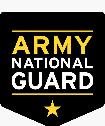

ARMY NATIONAL GUARD BAND NEWS
April - May 2025
QUICK UPDATES

• 2025 ARNG Band Leader Conference approved dates are 29-30 May 2025. Attendees should register in advance through https://events.pec.ng.mil/EventRegistration/#_registerself
• Combined Arms Center just published a new field manual – FM 1, The Army: A Primer to Our Profession of Arms It is a short, engaging read, written in a distinctly different style from other doctrine. https://usg01.safelinks.protection.office365.us/?url=https%3A%2F%2Farmypubs.army.mil%2FProductMaps%2FPu bForm%2FDetails.aspx%3FPUB_ID%3D1031029&data=05%7C02%7Cjessie.w.morlan.mil%40army.mil%7C72 89edc4313341b2b69e08dd925098d4%7Cfae6d70f954b481192b60530d6f84c43%7C0%7C0%7C63882760670310 6640%7CUnknown%7CTWFpbGZsb3d8eyJFbXB0eU1hcGkiOnRydWUsIlYiOiIwLjAuMDAwMCIsIlAiOiJXa W4zMiIsIkFOIjoiTWFpbCIsIldUIjoyfQ%3D%3D%7C0%7C%7C%7C&sdata=7QuwL7MrDWyCqKSdzNUEEq TIbGnRdpFSNQPbkPVmFdM%3D&reserved=0
• ARNG Bands DOTD SPP survey link https://usg01.safelinks.protection.office365.us/?url=https%3A%2F%2Fforms.osi.apps.mil%2FPages%2F ResponsePage.aspx%3Fid%3DD9fmkuVEUiStgUw1vhMQ2LJmKMZOO1EqLmR9gG7jhlUOEVZU0hORk45UzcyRVNERFM3U0FNUVU 1TS4u&data=05%7C02%7Cjessie.w.morlan.mil%40army.mil%7Caef425b8c17a4fcf6d3a08dd73ab971c %7Cfae6d70f954b481192b60530d6f84c43%7C0%7C0%7C638793903034024793%7CUnknown%7CT WFpbGZsb3d8eyJFbXB0eU1hcGkiOnRydWUsIlYiOiIwLjAuMDAwMCIsIlAiOiJXaW4zMiIsIkFOIjoi TWFpbCIsIldUIjoyfQ%3D%3D%7C0%7C%7C%7C&sdata=11%2B8fzp14leCnAigQLYRx1zvHrw760 a%2Fcv9kvoiRqEg%3D&reserved=0
• FY25 ARNG Prior Service Integration Course (PS-AIC) opportunities are available for Air National Guard (ANG) service members seeking to transition to ARNG Bands. The PS-AIC is highly recommended.
• AMPA updates: USASOM Forms 1B through 9X have been updated and are dated 1 February 2025. USASOM Reg 350-70-4, Army Musician Proficiency Assessment, has also been updated with changes in the "Summary of Change" page. Forms and regulation can be accessed on ABI/Resources/AMPA.
• If you're looking for authorized band arrangements of national anthems (some also for BQ), TUSAB has completed a digital library database for better accessibility: https://usarmyband.com/anthems
• The Unit Training Division of DOTD is happy to announce the publication of their newest Army Band Collective Task, Conduct Band Logistics and Resource Management Section Activities (02-SEC-0011). This task can be found on the Central Army Registry attached to the ABI Mass Email sent on 10 April 2025 by SSG Gorbet.
(Copy and paste hyperlinks directly to the browser if experiencing issues)
Marching Through History: Army Bands in the Spotlight
Submitted by Dr. Russell Houser
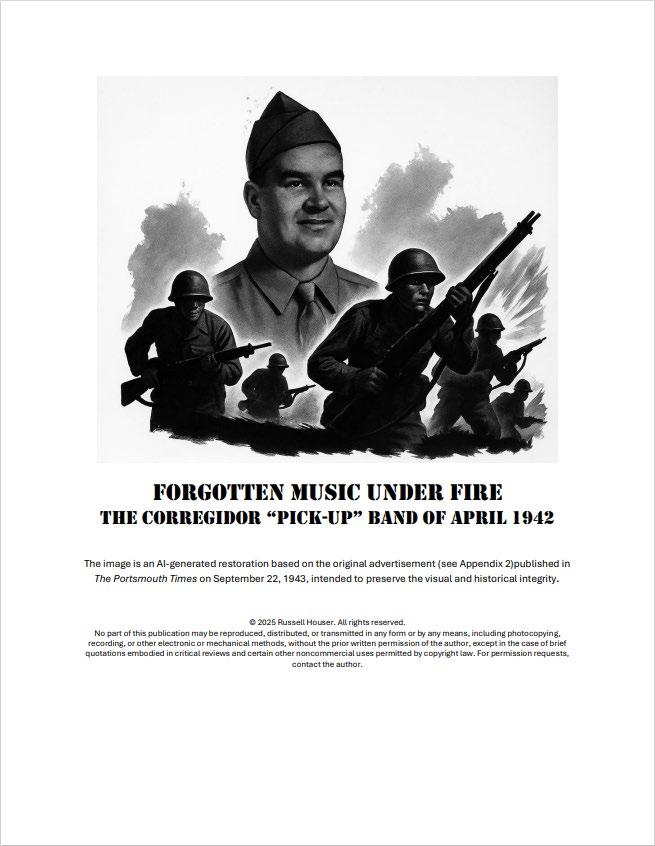
This paper explores the little-known story of the “pick-up” band formed by members of the 59th Coast Artillery Regiment and other units on Corregidor Island in April 1942, about two weeks before the island’s surrender during World War II.
As Japanese shellings intensified, these Soldiers offered moments of hope through music. Drawing on military records and wartime dispatches, the study highlights the impact of their performances locally and across the nations. It connects their legacy to contemporary emphasis on talent management and morale support for the Adjutant General’s Corps and Army Bands.
Read this historical Army Band paper by clicking the link: https://houserrussell.academia.edu/research

SENIOR LEADER MESSAGE

SENIOR ENLISTED LEADER, ARNG BANDS, CSM BRIAN JONES
Beyond First Sergeant
I realize this topic has an immediate limited audience. However, throughout my tenure as Senior Enlisted Leader (SEL), numerous ARNG Band First Sergeants (1SGs) have asked for my insights on career progression past E8 as a 42R – this is not limited to the two ARNG Bands Sergeant Major (SGM) positions.
ARNG Bands SGM positions are the only two 42R-specific positions available in COMPO2. Appointed by NGB, the positions are initially three-year appointments with the potential to apply for two additional one-year extensions for a maximum of five years in the role. Service Members who have demonstrated excellence in the 42R career field are desired for these positions. Because the ARNG SGMs advise and persuade state senior leaders (very likely from other career fields), experience outside the band field, whether a formal assignment or service on a task force, can benefit these positions.
These traits are obviously desirable for the E9 position within our state's National Guard. However, because 42R is a lowdensity MOS, opportunities for us are limited to 00F positions. While the most common is Commandant at the Regional Training Institute (RTI), there are others, although states can specify which MOSs qualify for a 00F position.
My first advice to someone looking to progress past E8 is to talk to the highest-level Command Sergeant Major (CSM) possible in your chain of command and ask to talk about your career. While it's important that you go into this meeting with a vision for your future, I can pretty much assure you that SGMs in your state have spoken about you and have some sort of vision. It's important that you find that out. It's unfortunate, but some states consider band 1SG a terminal position. However, nothing is set in stone if you distinguish yourself.
An important indication of potential career progression is if your state is willing to consider you for the U.S. Army Sergeants Major Academy (USASMA). USASMA seats are limited for each state. If you're selected for an ARNG Bands SGM position, you must complete USASMA. This conversation about potential USASMA attendance will be decisive. The feedback you get will gauge how much your leadership is willing to invest in your career. So, it's important that you use your time as a Senior NCO, demonstrating what a great investment you are.
Beyond USASMA, you should ask if there are other courses you should take; the Battle Staff course is excellent for advancing Senior NCOs. I also recommend you ask about potential responsibility in joint or civic operations.
Overall, it's important that you have a vision for your future career. Consider the various organizations and E9 positions in your state. First, seek an audience with your first-line CSM. If they don't offer to facilitate a conversation with your Land Component Commander (LCC) CSM, ask if they would be okay with your reaching out yourself. Every LCC CSM in my career has had an open-door policy, and I think every E8 in my state has had at least one career conversation with them. We've had several 42R 1SGs complete USASMA in the past few years – one made Commandant's List in the most recent graduating class – I'd name them, but I don't want to risk overlooking a single one of these fine 42R leaders who demonstrate the excellence in our career field. My profound respect goes out to the extraordinary leaders (of various ranks) I've met during my tenure as your SEL, and I wish you all the best of luck. As you advance your own careers, you advance the reputation of ARNG Bands.
Warrant Officer Historical Foundation: Cohort W Podcast

Part 2: Building the Bench – PME Modernization and the Future of the Warrant Officer Cohort with CW5 Carlos Terrones
In this follow-up to Season 4, Episode 2, COHORT W continues the conversation on the future of Warrant Officer Professional Military Education (PME) with CW5 Carlos Terrones, Command Chief Warrant Officer of the U.S. Army Combined Arms Center. But this time, we widen the lens.
Joining the discussion are CW4 Kent Frye, Commander of the Warrant Officer Recruiting Company (Active Component), and CW5 Aaron Anderson, the Chief Warrant Officer of the Army bringing their operational and strategic insights to a conversation that connects education, accessions, and Cohort-wide modernization like never before.
https://podcasts.apple.com/us/podcast/part-2-building-the-bench-pme-modernization-and/id1561479094?i=1000708028790
Leading From the Front: CW5 Charmaine Hilliard on the Power of Professional Military Education
In this episode of COHORT W, host CW4 Jessie Morlan and CW5 Charmaine Hilliard, Assistant Executive Officer to the Chief of Staff of the Army, share a conversation that traces an extraordinary Army career and powerfully testifies to the impact of Warrant Officer Professional Military Education.
From her early days enlisting in Jasper, Texas, to her leadership at the highest levels of the Pentagon, CW5 Hilliard shares the lessons, experiences, and key PME moments that helped shape her into the senior leader she is today. Together, they explore what worked well in her professional military education journey, how PME prepared her for strategic leadership roles, and how the Army can modernize PME for the next generation of Warrant Officers.
https://podcasts.apple.com/us/podcast/leading-from-the-front-cw5-charmaine-hilliard-on/id1561479094?i=1000705616743
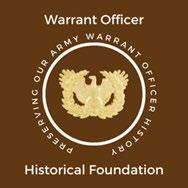
ARNG BAND HIGHLIGHTS
248th Army Band PRARNG

Submitted by CW4 Jessie Morlan
On 14 May 2025, members of the 248th Army Band, Puerto Rico Army National Guard, delivered outstanding musical support for a high-profile event hosted by the Director, Army National Guard (DARNG), Lieutenant General Jon A. Stubbs. The performance took place at Joint Base Myer-Henderson Hall during the prestigious U.S. Army Twilight Tattoo, an event celebrating Army heritage and military tradition.
The Borinqueneers Show Band of the 248th, led by SFC Anthony Martínez (keyboard, NCOIC), provided live music throughout the DARNG’s event reception, setting a professional and engaging atmosphere for an audience that included senior military leaders, State Partnership Program (SPP) officials, U.S. Representatives, members of Congress, and other distinguished guests. The ensemble featured SSG Rafael Rodríguez (trumpet), SSG Reymundo Fonseca (percussion/congas, vocals), SGT Rafael Nieves (bass, vocals), SGT Bryant Ramos (sound engineer/drums), and SGT Kevin Torres (lead vocals, minor percussion).
Midway through the reception, LTG Stubbs and CSM John F. Kendrick, ARNG Command Sergeant Major, personally recognized the band’s exceptional performance. Both leaders presented challenge coins to each band member, commending their professionalism and musical excellence.
Following their performance, the 248th Army Band members were honored with VIP seating among other distinguished guests to enjoy the Twilight Tattoo event. Their participation in this ceremony highlighted the vital role of Army Bands in fostering esprit de corps and showcasing the Army National Guard’s commitment to excellence.
The 248th Army Band’s performance at this event not only represented the Puerto Rico National Guard with pride but also underscored the enduring impact of music in connecting military heritage with the broader community.
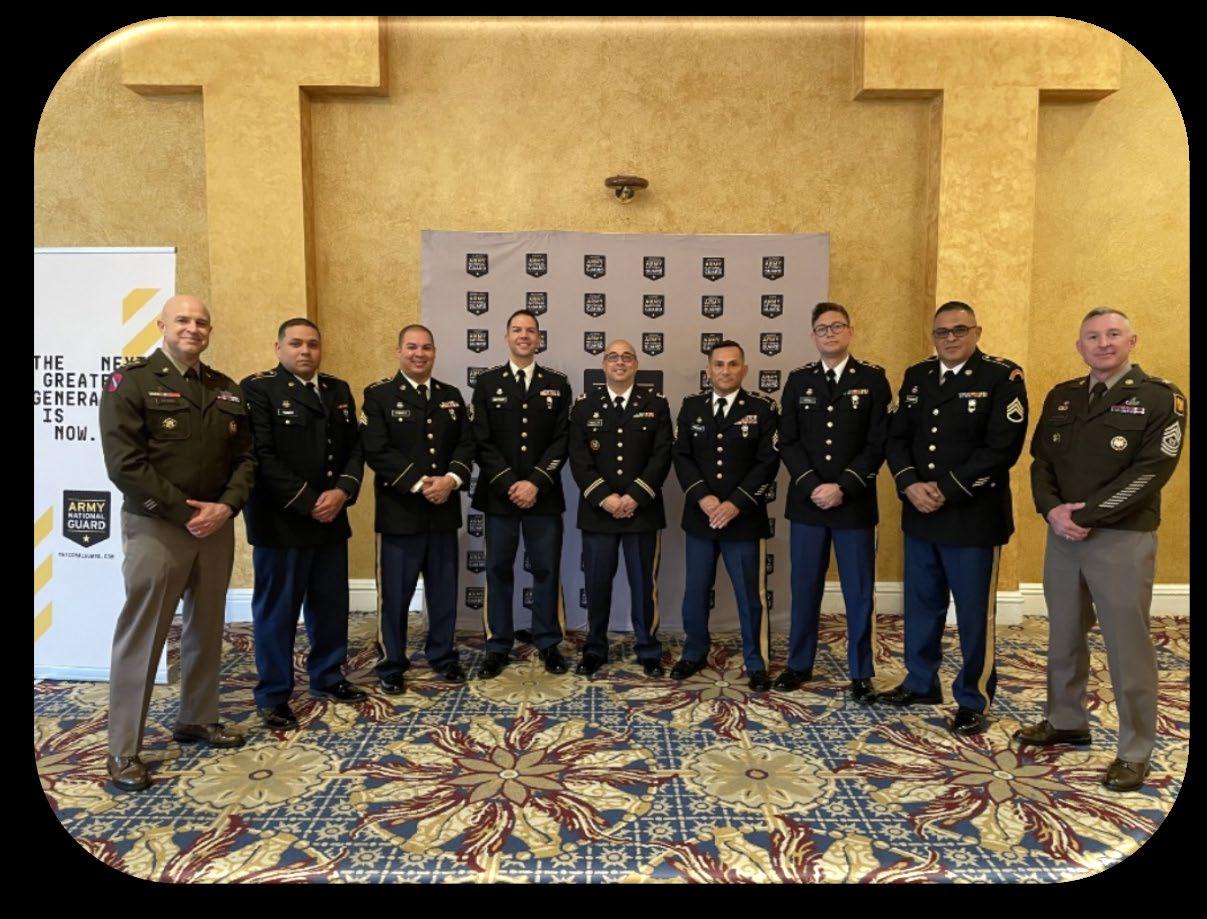
248th Army Band Members with LTG Stubbs and CSM Kendrick
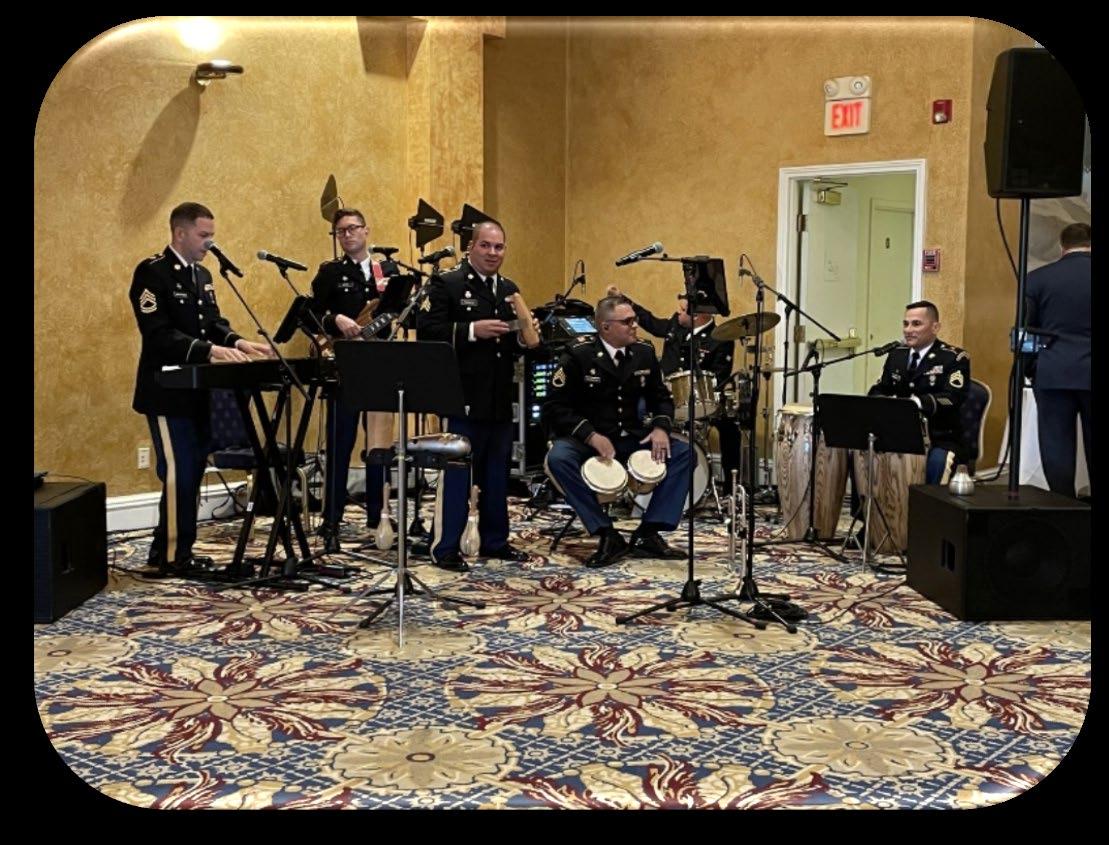
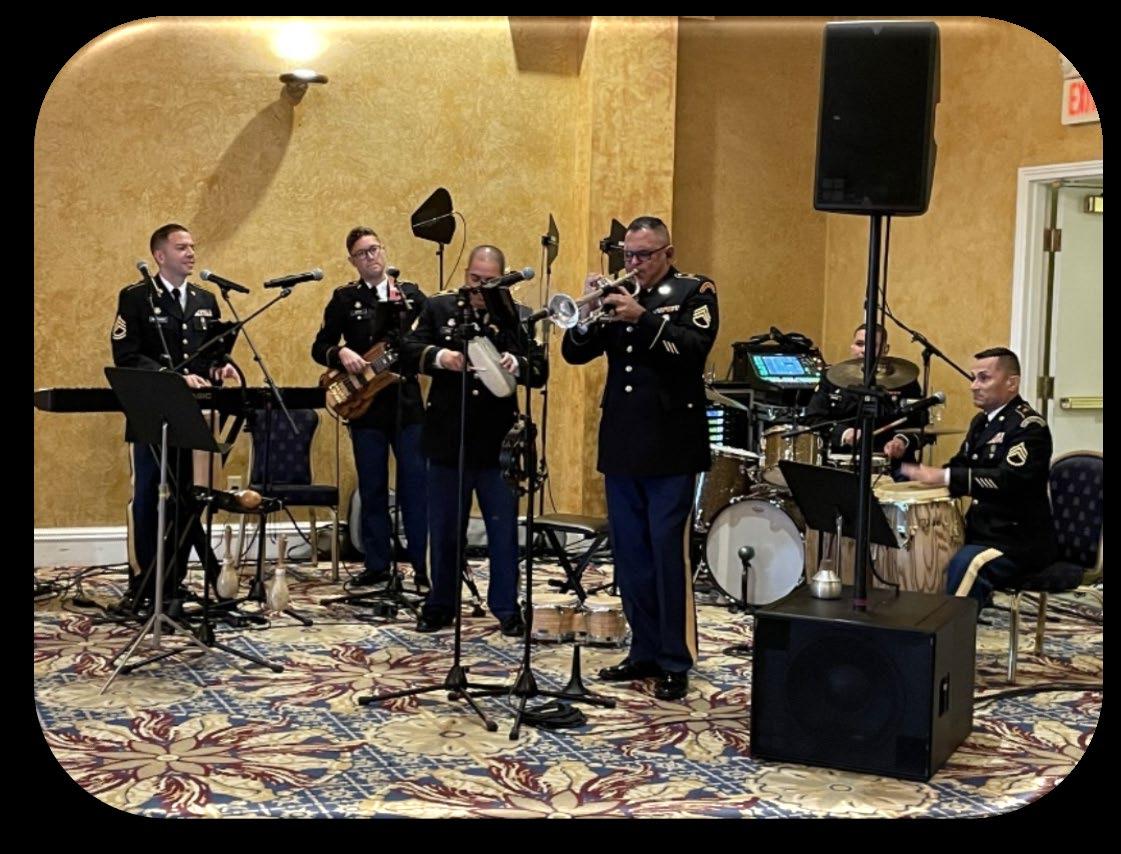
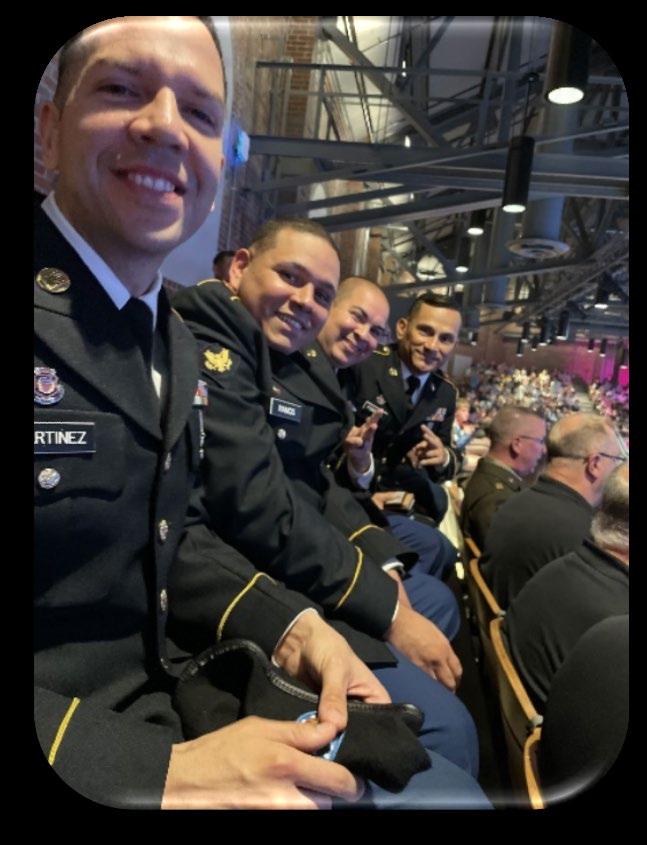
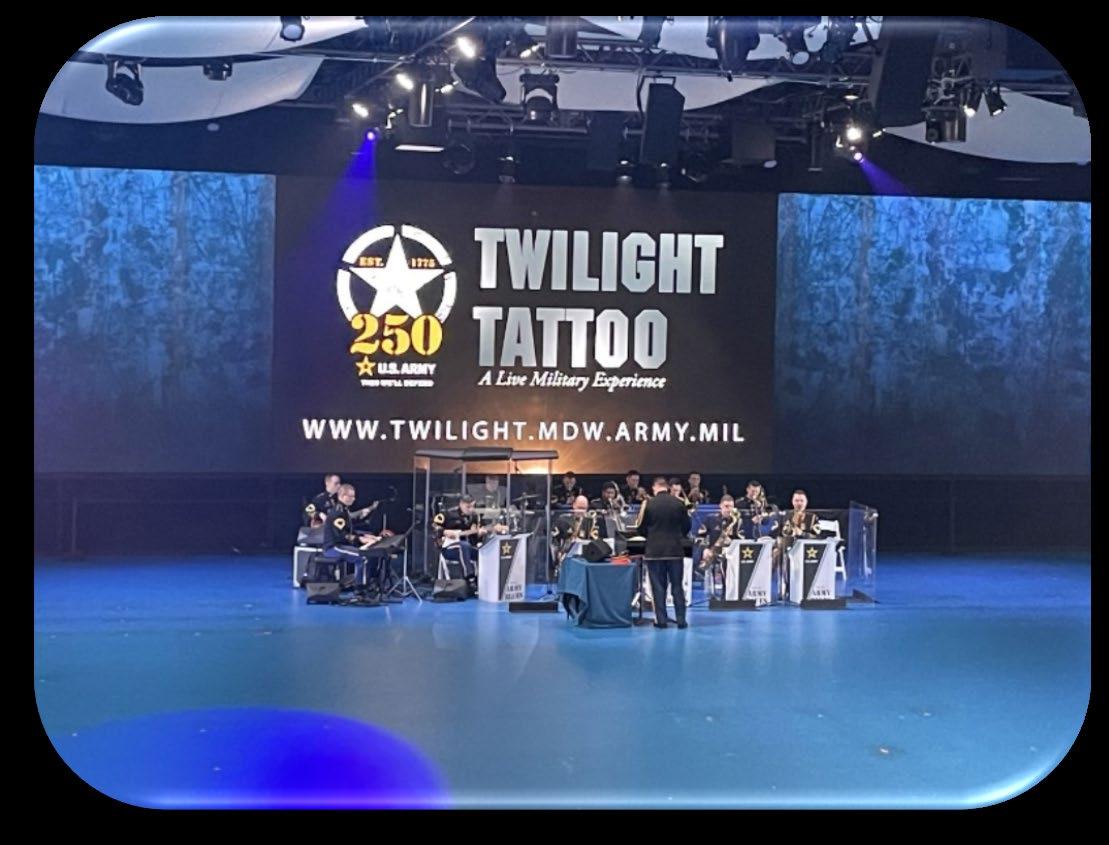
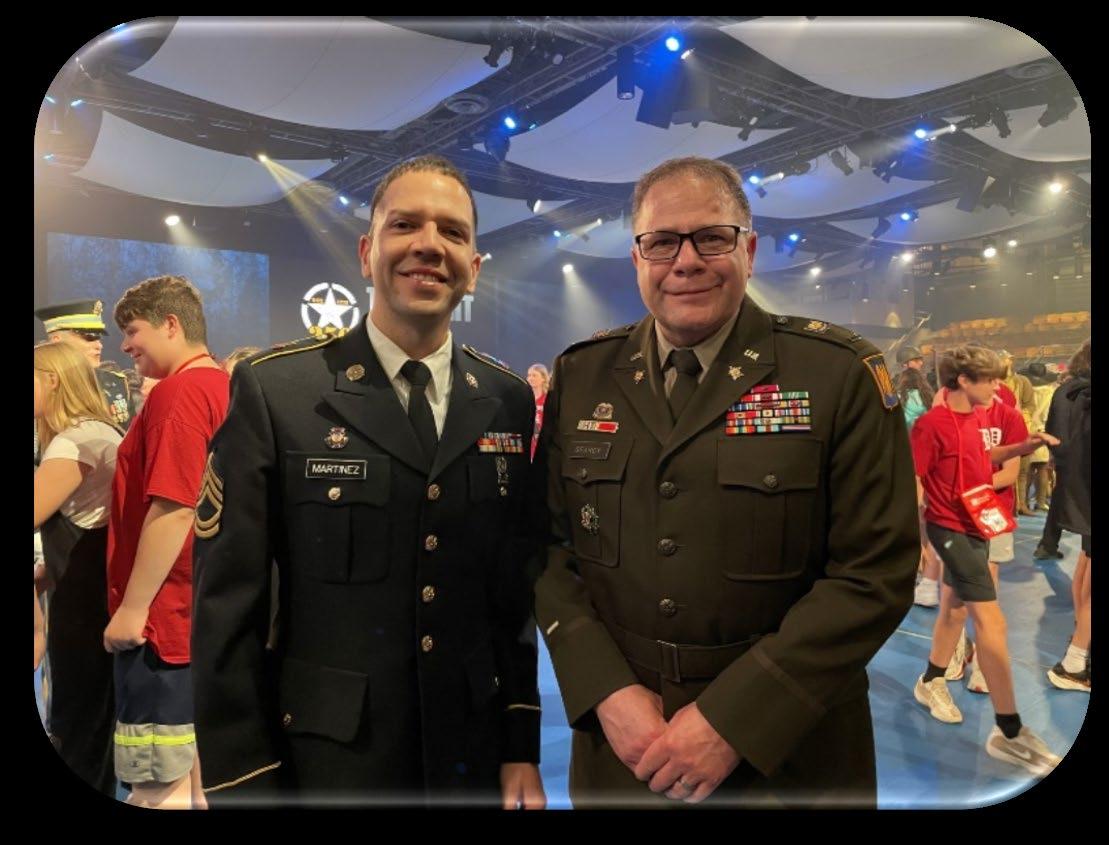
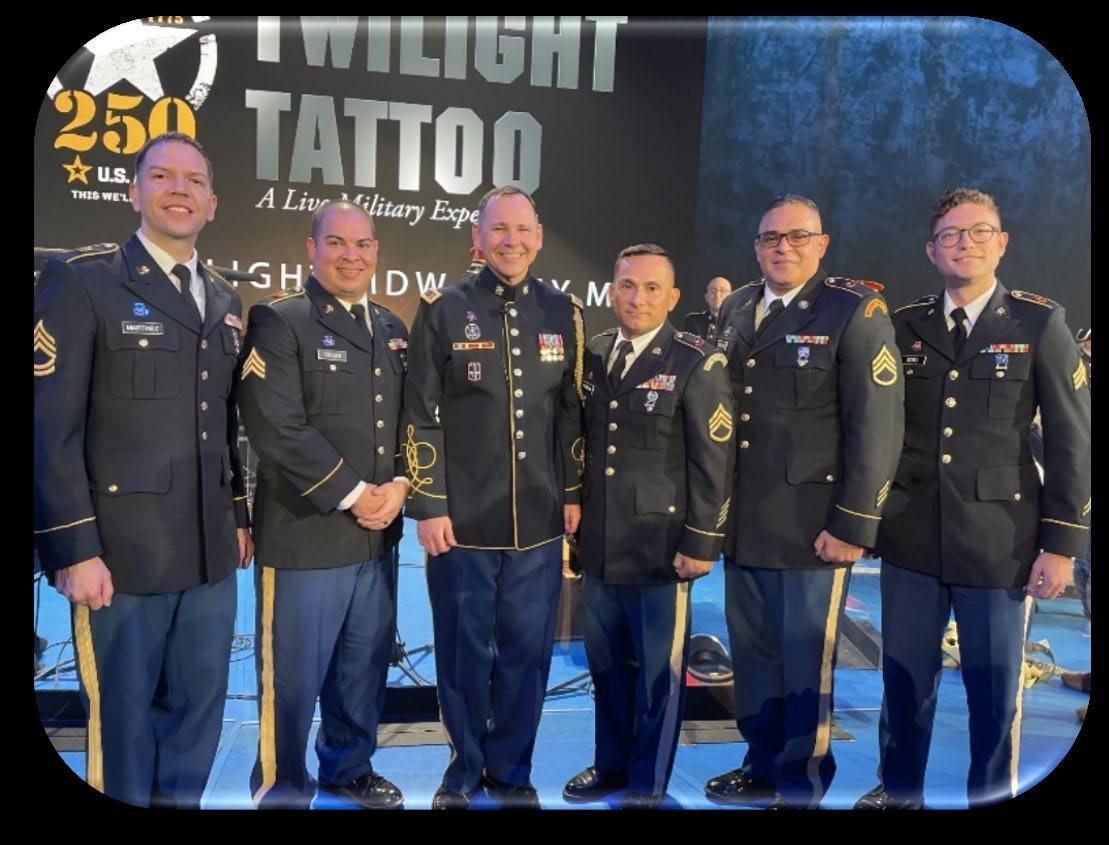
248th AB Provides Musical Support for DARNG’s Reception Event
Enjoying VIP Seating at the Twilight Tattoo
SFC Martinez with CW5 Searcy, CCWO of the ARNG
248th Members with CW2 Becker, TUSAB Bandmaster
122nd Army Band OHARNG

Submitted by CW2 Emily
Bauer
SSG Erin Kessler, 122nd Ohio Army National Guard Band, recently traveled to Washington, D.C., in her civilian capacity as President of NAMM Young Professionals and a representative of the National Association of Music Merchants (NAMM) to advocate for music education and federal arts funding. During meetings with congressional members and staff, SSG Kessler shared her personal story in military service through music, drawing a clear line between school music programs and the musicians who serve our country.
While National Guard bands are rarely deployed overseas, they serve in powerful and visible ways at home, especially through military funeral honors. In just the first few months of 2025, over 250 Ohio Army veterans have been honored with live performances of Taps — each ceremony reaching not only the deceased, but their entire families and community. That number will only continue to grow. Multiply it for the whole of the year, across all 50 states, all military branches, and all the years of service, and the impact on families and communities everywhere is staggering.
SSG Kessler reminded lawmakers that these moments of closure and dignity wouldn’t be possible without strong foundations in school music programs. Without music education, we wouldn’t have the musicians trained to play those final notes.
In meetings, Kessler advocated for continued and expanded support for:
• ESSA (Every Student Succeeds Act) Title I, II, and IV Part A (which funds access to a well-rounded education, including music)
• The National Endowment for the Arts
During the visit, SSG Kessler met with the offices of Senator Bernie Moreno (pictured below), Senator John Husted, Congressman Mike Carey (whose district includes Rickenbacker Air National Guard Base), Congressman Greg Landsman, Congressman Warren Davidson, and Congresswoman Joyce Beatty.
Speaking as a citizen-soldier, SSG Kessler’s testimony exemplified how music education and military service can align to bring a meaningful, lasting impact to American families.
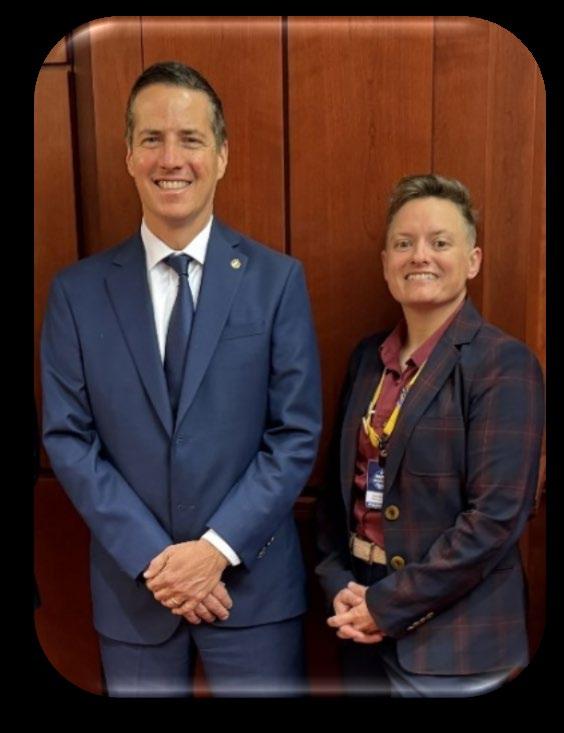
Senator Bernie Moreno and SSG Erin Kessler
U.S. Army School of Music DOTD
Submitted by SSG Thomas Borgerding

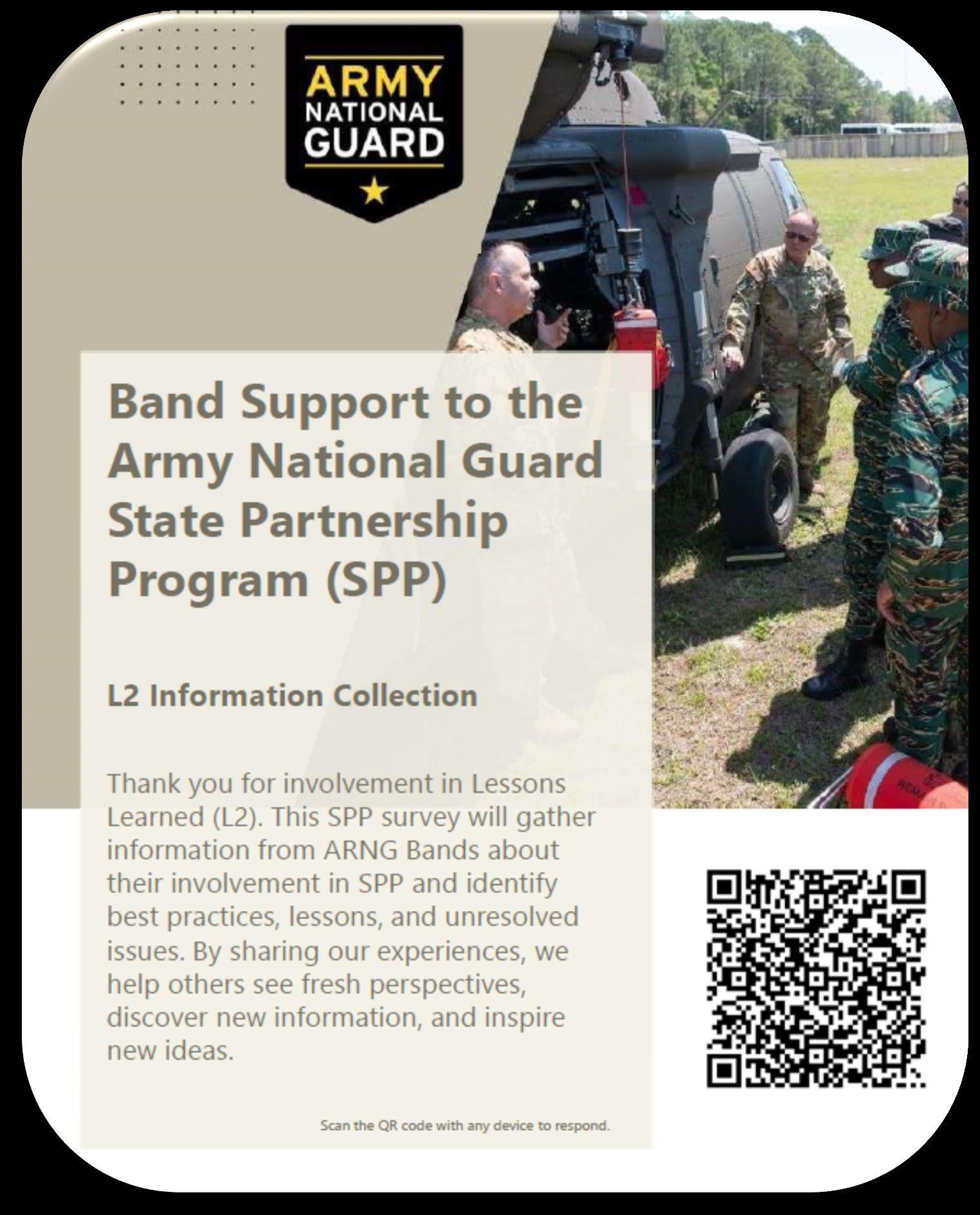
USASOM, DOTD is requesting State Partnership Program information from all ARNG Bands. Please visit:
• DOTD survey link (found here / QR Code attached) to add preliminary information.
• Bands L2 (Lessons Learned) MS Team for field collaboration and discussion. We encourage command teams, RNCOs, or OPS Sergeants to join the team and its channels.
• The L2 Home channel has all of the L2 resource files as well as tabs containing L2 training, priorities, and highlights.
Please contact SSG Borgerding, DOTD Lessons Learned Manager at thomas.j.borgerding.mil@army.mil for any questions.
U.S. Army Bands
Lessons Learned

Submitted by Mrs. Jennifer Williams, Chief of Unit Training Division
BANDS WARTIME MISSION: CASUALTY OPERATIONS
Army Bands have a crucial new wartime mission: supporting casualty operations. Army Bands are a part of the Sustainment Warfighting Function, and more specifically Human Resources (HR) and Personnel Services Support. The core competencies of HR include manning the force and providing HR services. By supporting casualty operations, Army Bands will fill a significant gap in HR’s ability to manage mass casualties effectively.
During large-scale combat operations (LSCO), the volume of casualties will increase exponentially. Army Bands will assist commanders in maintaining accurate casualty reporting throughout these operations. Bands will work in casualty liaison teams and will review patient statuses, document newly arrived patients, and collect casualty-related information for entry into the Defense Casualty Information Processing System (DCIPS). DCIPS is the application for tracking casualties and Soldiers' locations, providing critical data to G-1s and S-1s to ensure efficient positioning of additional troops. Casualty liaison teams will ensure that updates on incapacitated, injured, and ill personnel flow through the theater casualty assistance center to the casualty and mortuary affairs operations division. This division will notify the installation casualty assistance center, which will then relay updates to the primary next of kin.
FM 4-0, Sustainment Operations and ATP 1-0.1, Technique for Human Resources Support to Operations are the first doctrinal publications to outline the new role of Army Bands in casualty operations, with more to follow in the upcoming update to FM 1-0, Human Resources Support. An update to ATP 1-19, Army Bands is currently being drafted and will include casualty operations as well. Collective training is being developed, and bands are already beginning to participate in exercises in the casualty operations role.
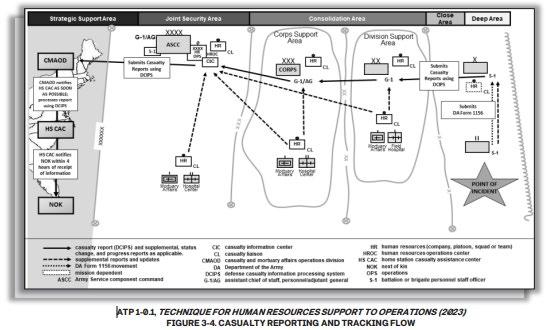
While Army Bands will continue their primary music mission, their involvement in casualty operations during LSCO is critical. The transition from Army Musician to vital support personnel reflects the adaptability and commitment of Army Bands. This mission not only supports Soldiers but also honors the sacrifices made in service. Army Bands are stepping into an essential role, ensuring that those affected by mass casualties receive the support they need. Bottom line, the contributions of Army Bands will enhance the overall effectiveness of the Army, showcasing dedication to their fellow Soldiers and Families.
36th ID Band TXARNG

Submitted by WO1 Seth Mcgee
ARMY MEETS ACADEMIA: 36TH INFANTRY DIVISION BAND ELEVATES TEXAS STATE CONDUCTING WORKSHOP
SAN MARCOS, Texas – The halls of the Texas State School of Music resonated not with the sounds of a university ensemble, but with the precision and professionalism of a United States Army Band. In a notable collaboration, the 36th Infantry Division Band of the Texas Army National Guard served as the performing ensemble for the university's fourth annual Band Conducting Workshop. This unique partnership provided an unparalleled learning environment for aspiring and established conductors, while simultaneously offering the military musicians a platform for intensive musical development and mission preparedness.
The invitation from the Texas State University band faculty was a testament to the 36ID Band’s esteemed reputation for musical excellence and adaptability. For two full days, ten conductors, representing a broad spectrum of experience from undergraduate music majors to seasoned graduate conducting students and active band directors, were afforded the rare and invaluable opportunity to lead a full, professional-caliber concert band. The initiative underscored a shared commitment to fostering musical leadership and education within the state.
A Crucible for Conductors: Mentorship and Musical Mastery
The workshop was meticulously designed to immerse participants in the practical art of conducting. Under the keen guidance of Texas State University's distinguished band faculty – Dr. Caroline Beatty, Director of Bands; Dr. Kyle Glaser, Associate Director of Bands; and Mr. Matthew Holzner, Assistant Director of Bands – the ten conductors explored the intricate fusion of gesture, score interpretation, and effective rehearsal techniques. The program aimed to bridge theoretical knowledge with real-world application, creating a dynamic feedback loop between conductor and ensemble.
Participants were in a supportive yet challenging environment, ranging from those taking their first steps onto the podium to experienced educators seeking to refine their craft. The cohort's diversity became a learning tool, as conductors observed each other's approaches and benefited from the collective wisdom shared by the faculty and peers.
Soldiers on the Podium: 36ID Band Members Refine Their Craft
Significantly, the workshop also served as a vital professional development opportunity for 36th Infantry Division Band members. Among the ten conductors were two of the unit's own: WO1 Seth Magee, the band's Executive Officer, and SSG Katie Binkley, its PAO NCOIC. Both are accomplished musicians and dedicated citizen-soldiers serving as middle school band directors in their civilian careers WO1 Magee in Killeen Independent School District and SSG Binkley in Birdville Independent School District.
For WO1 Magee and SSG Binkley, stepping onto the podium to conduct their peers under the tutelage of the Texas State faculty was a profoundly enriching experience. They received targeted mentorship, focusing on refining conducting clarity, enhancing musical expression, and developing advanced rehearsal strategies.
Interpreting the Score: Repertoire with Purpose and Precision
The musical selections for the workshop were ambitious and thoughtfully curated, providing a rigorous test for both the conductors and the ensemble. The repertoire spanned a range of styles and technical demands, featuring cornerstone works of the wind band literature: Gustav Holst's Second Suite in F, Robert Jager's spirited Esprit de Corps, Ronald LoPresti's poignant Elegy for a Young American, Dmitri Shostakovich's exhilarating Festive Overture, Hugh Stuart's charming Three Ayres from Gloucester, and JaRod Hall's stirring arrangement of the timeless folk song Loch Lomond.
A key element in the success of this aspect of the workshop was the collaborative approach to repertoire selection. The Texas State faculty worked closely with Chief Warrant Officer 4 Jeff Lightsey, Commander of the 36ID Band, ensuring that the chosen pieces served the workshop's pedagogical aims while aligning with the band's upcoming training requirements and missions.
The Texas State faculty were exceptionally accommodating, allowing the band significant input into the musical program. They carefully selected works that would challenge the conductors and musicians, but also pieces with immediate applicability for the band's annual training and future performances. This foresight meant that the intensive work done directly enhances their mission readiness and artistic product for the audiences they serve. This strategic alignment ensured that every rehearsal and performance was a step towards greater proficiency for multiple objectives.
Beyond the Baton: Elevating Collective Musicianship
The workshop's impact extended far beyond the ten individuals who stood on the podium. The experience provided a concentrated period of musical growth for the entire 36th Infantry Division Band. The numerous professional music educators within the band's ranks benefited from observing various conducting styles and instructional techniques, gaining new insights applicable to their civilian teaching roles and contributions to the military ensemble.
Performing such demanding literature under multiple conductors required intense focus, flexibility, and responsiveness from each musician. The rigorous preparation and execution of the diverse repertoire significantly elevated the band's collective and individual musical proficiency.
Collaboration’s Lasting Impacts
The 2025 Texas State University Conducting Workshop, anchored by the impressive capabilities of the 36th Infantry Division Band, was unequivocally hailed as a major success. It provided a fertile ground for conductors to cultivate their leadership and artistic skills, and for the "Lonestar" Band to further hone its already musical prowess.
This collaboration is a shining example of the powerful and mutually beneficial relationships that can be forged between military units and academic institutions. The workshop enriched the Texas music education community and showcased the exceptional talent and dedication of the citizen-soldiers of the Texas Army National Guard.
As the workshop's final notes faded, they left a legacy of enhanced skills, strengthened partnerships, and a renewed appreciation for music's profound impact on connecting, educating, and inspiring. The Texas State band faculty were shown immense appreciation and made honorary 36ID Band members; each being presented with a “T-Patch”. The echoes of this successful endeavor will undoubtedly resonate in concert halls and classrooms across Texas for years to come.
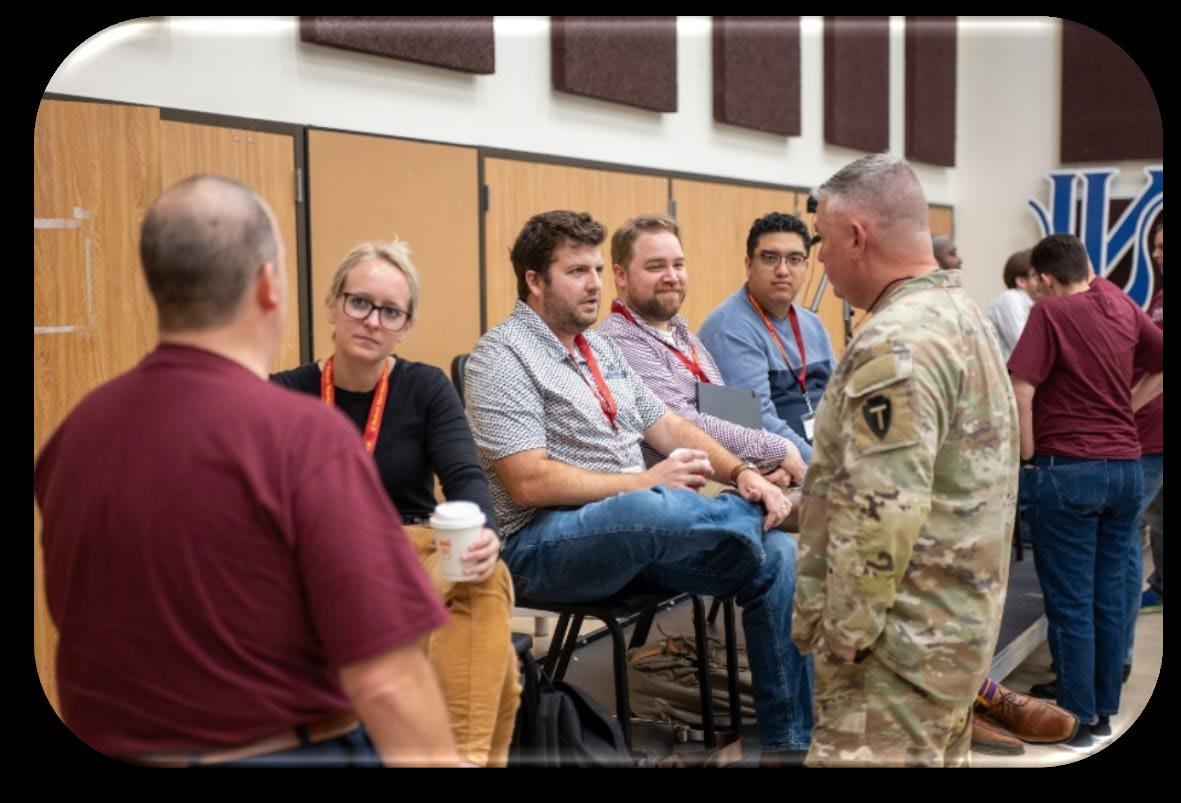
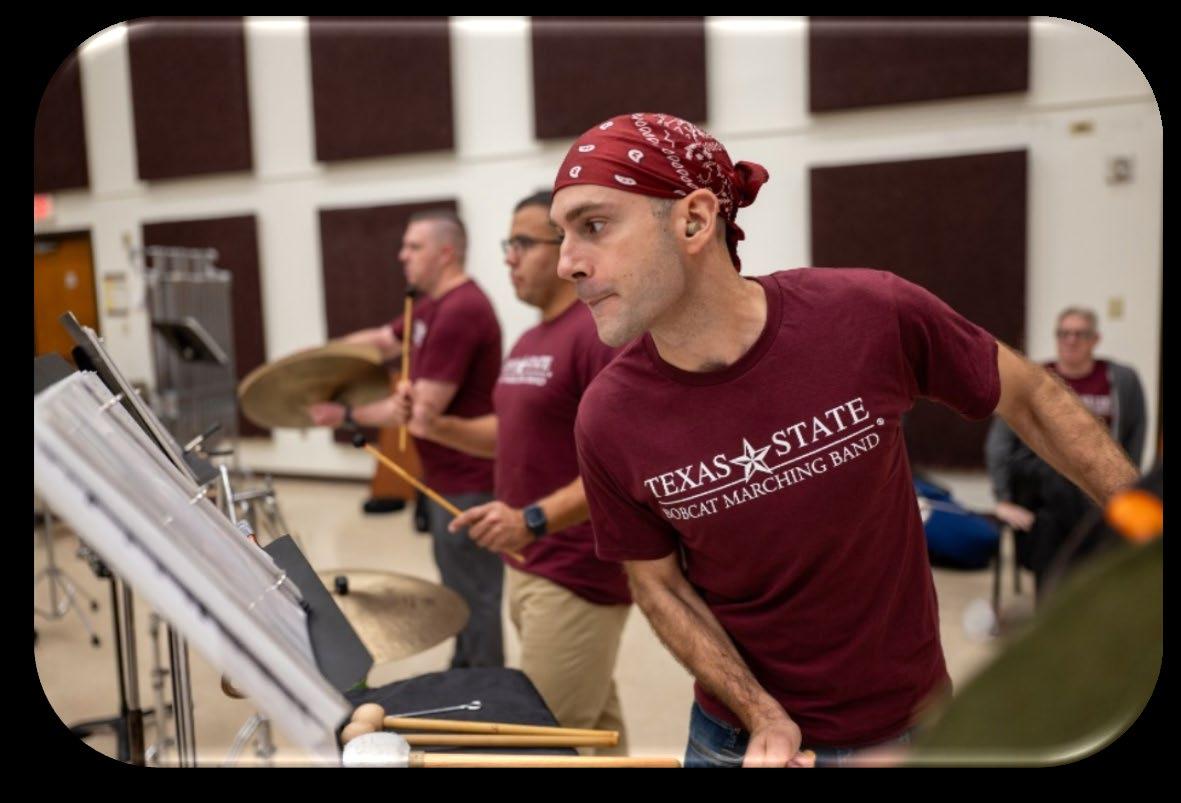
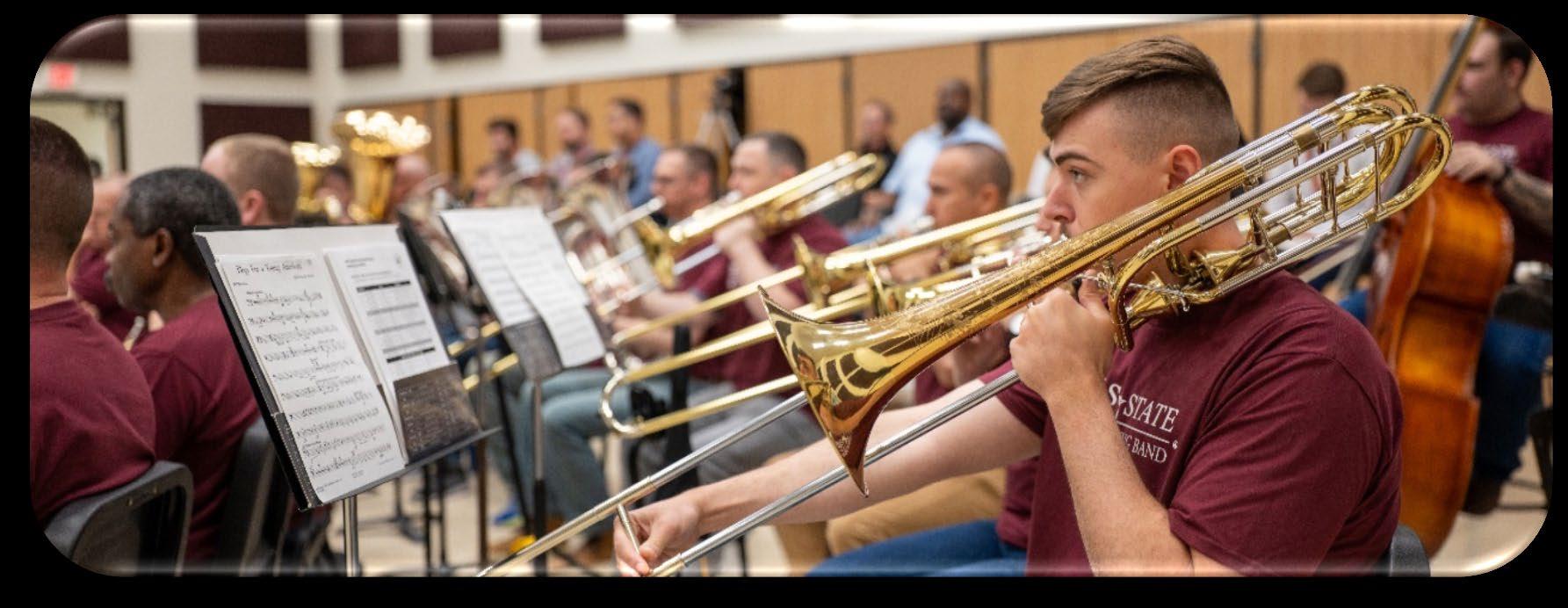
CW4 Jeff Lightsey and members of the 36ID Band converse with the TXST Conducting Workshop participants.
SGT Cory Sales, SSG William Flores, and SGT Kerry Burkhart sport Texas State gear during the second day of the workshop. Day one featured the unit in the ACU.
SPC Christian Butler and members of the 36ID Band respond attentively to variety of conducting styles throughout the weekend.
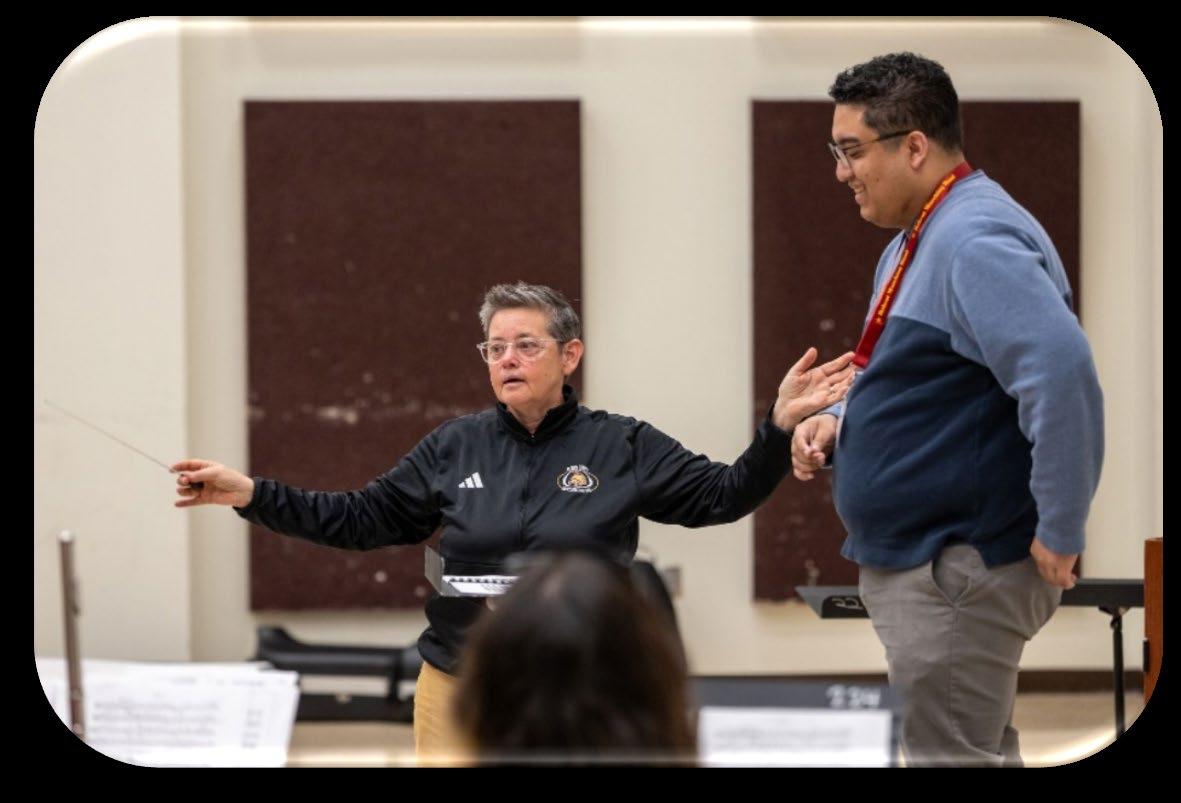
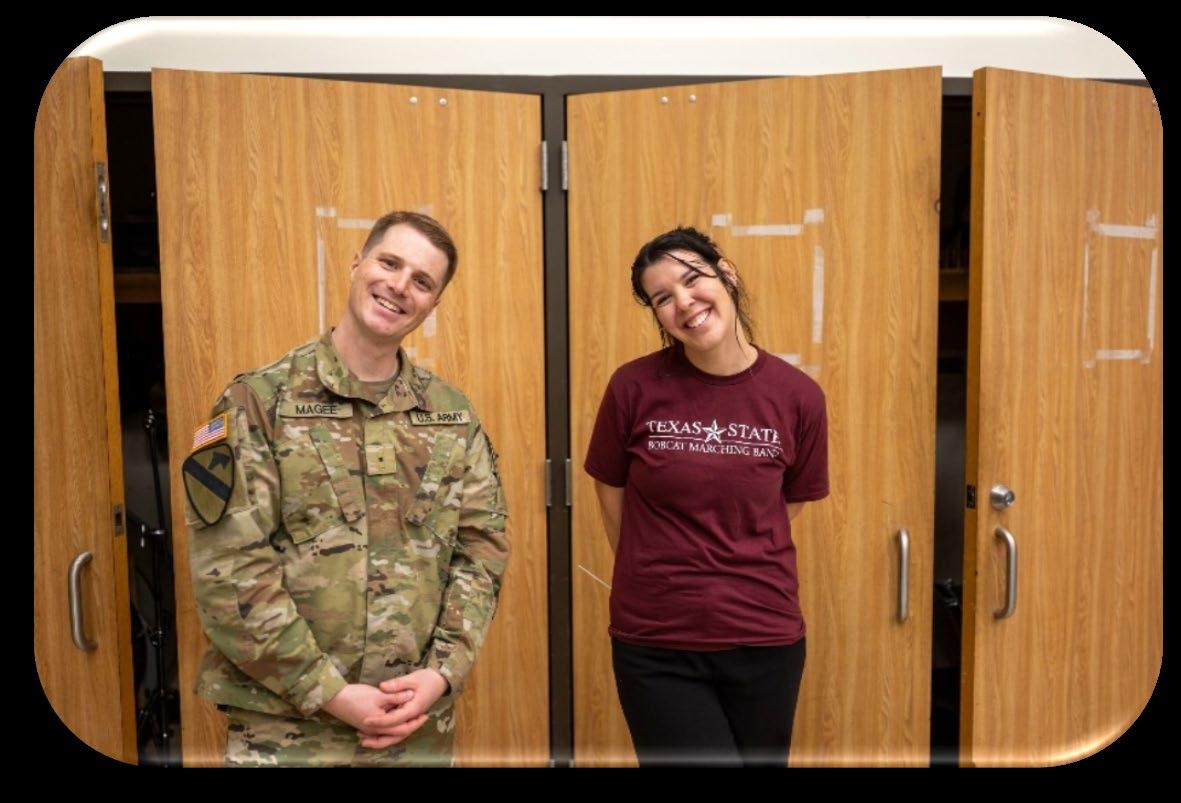
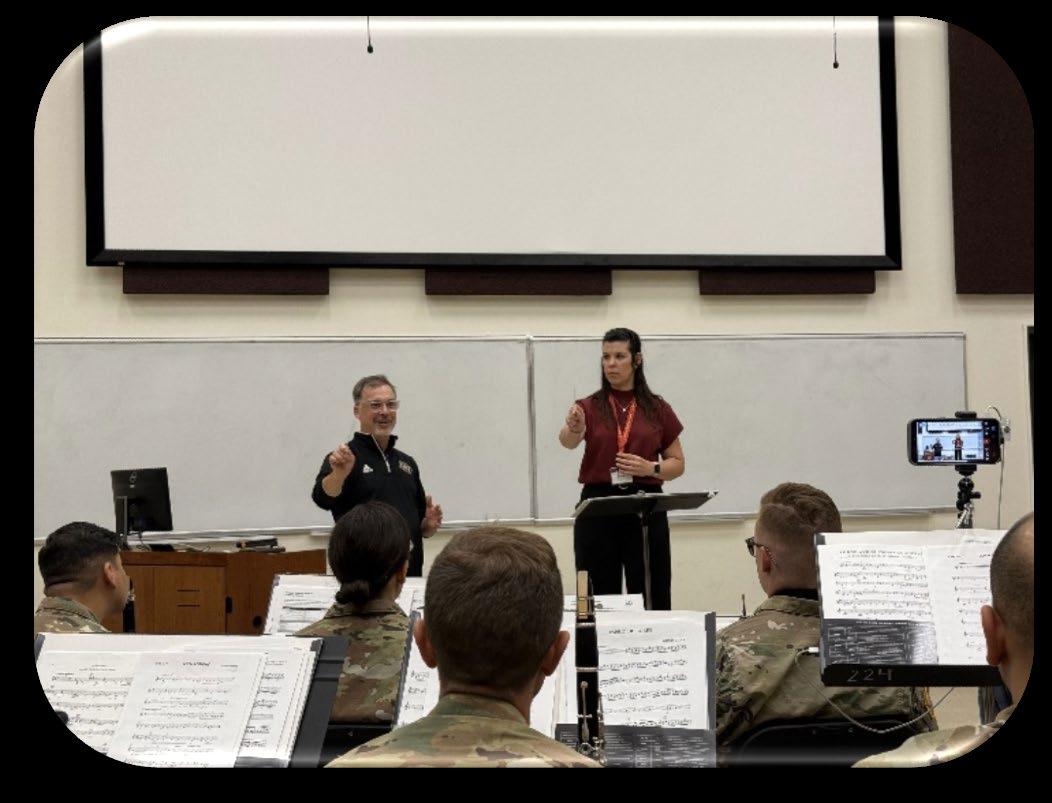
Dr. Caroline Beatty, Director of Bands at Texas State University, mentors a conducting participant.
WO1 Seth Magee and SSG Catherine Binkley after the workshop's successful conclusion.
SSG Catherine Binkley learns valuable conducting lessons from Dr. Kyle Glaser, Associate Director of Bands
ADDITIONAL LINKS AND CONTACTS
Cohort W PODCAST: https://www.youtube.com/watch?v=hGBXQPmd62w https://podcasts.apple.com/us/podcast/cohort-w/id1561479094
ARNG Bands Page: https://armyeitaas.sharepoint-mil.us/sites/ARNG-G1-HRH/SitePages/Army-National-GuardBands.aspx?csf=1&web=1&e=V5PCFj&cid=e3756c24-7796-42f5-b281-da628d38a951
ABI Lessons Learned Newsletter: https://abi.army.mil/resources/default.asp?group=557&category=1737
Army Combat Fitness Test: https://www.army.mil/acft/
Army U/USAWOCC: https://armyuniversity.edu/wocc/home
Application for FUTURES Magazine published by Joint Advertising Market Research and Studies program: https://form.jotform.com/ngbmarketingsurvey/face-of-the-army-national-guard-
AGCRA Newsletter: https://www.agcra.com/
Army Publishing Directorate the Pentagon Library: https://www.whs.mil/library/
Army War College Library: https://usawc.libguides.com/c.php?g=657420&p=4615556
Combined Arms Research Library/AULS: https://usacac.army.mil/organizations/cace/carl/
Defense Management Library: https://dml.armywarcollege.edu/
ARNG Band Contacts
Chief, ARNG Bands: curtis.y.hiyane.mil@army.mil
Vice Chief, ARNG Bands: bradley.e.anderson4.mil@army.mil
ARNG Band Liaison, NGB: jessie.w.morlan.mil@army.mil
Senior Enlisted Leader, ARNG Bands: brian.d.jones36.mil@army.mil
Deputy Senior Enlisted Leader, ARNG Bands: charles.a.longfellow.mil@army.mil
